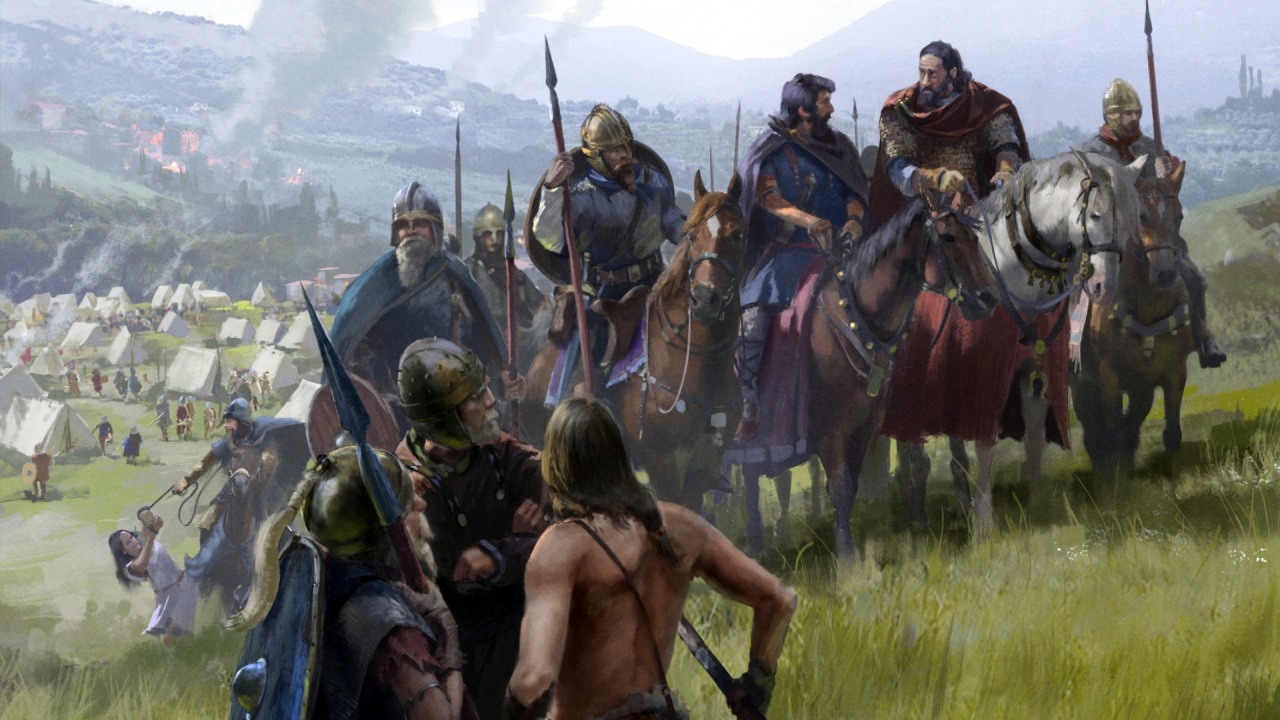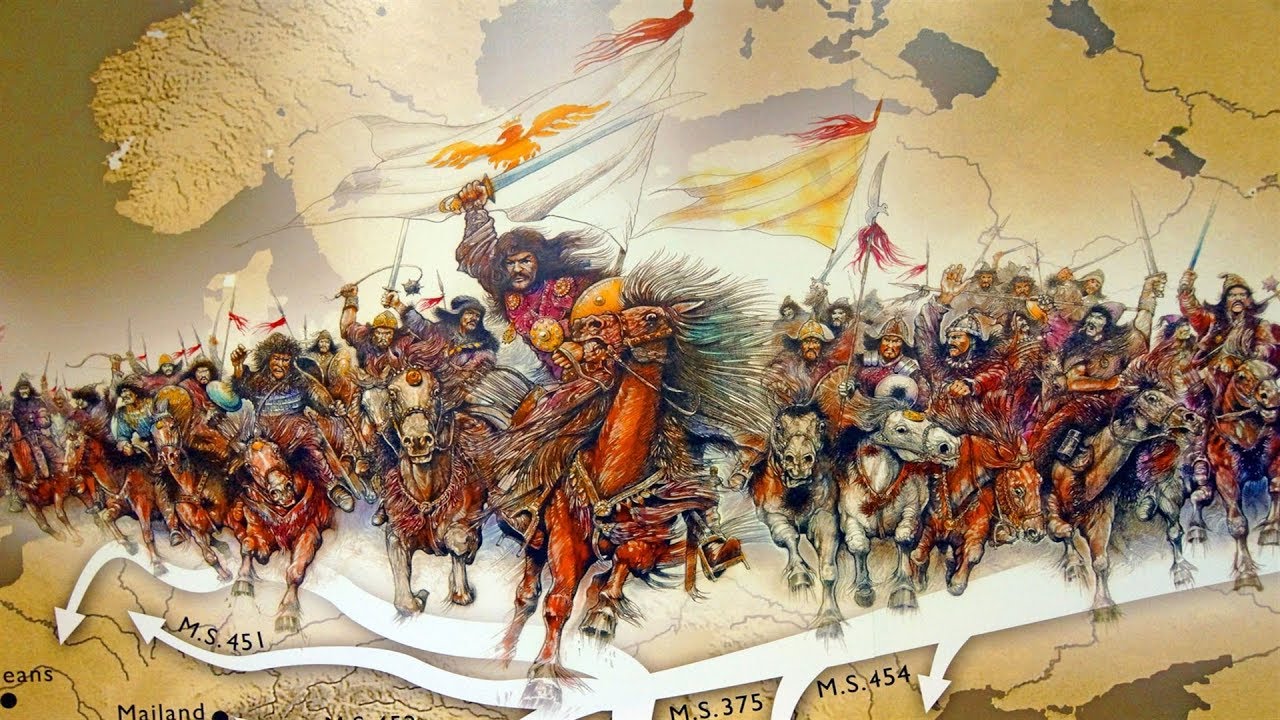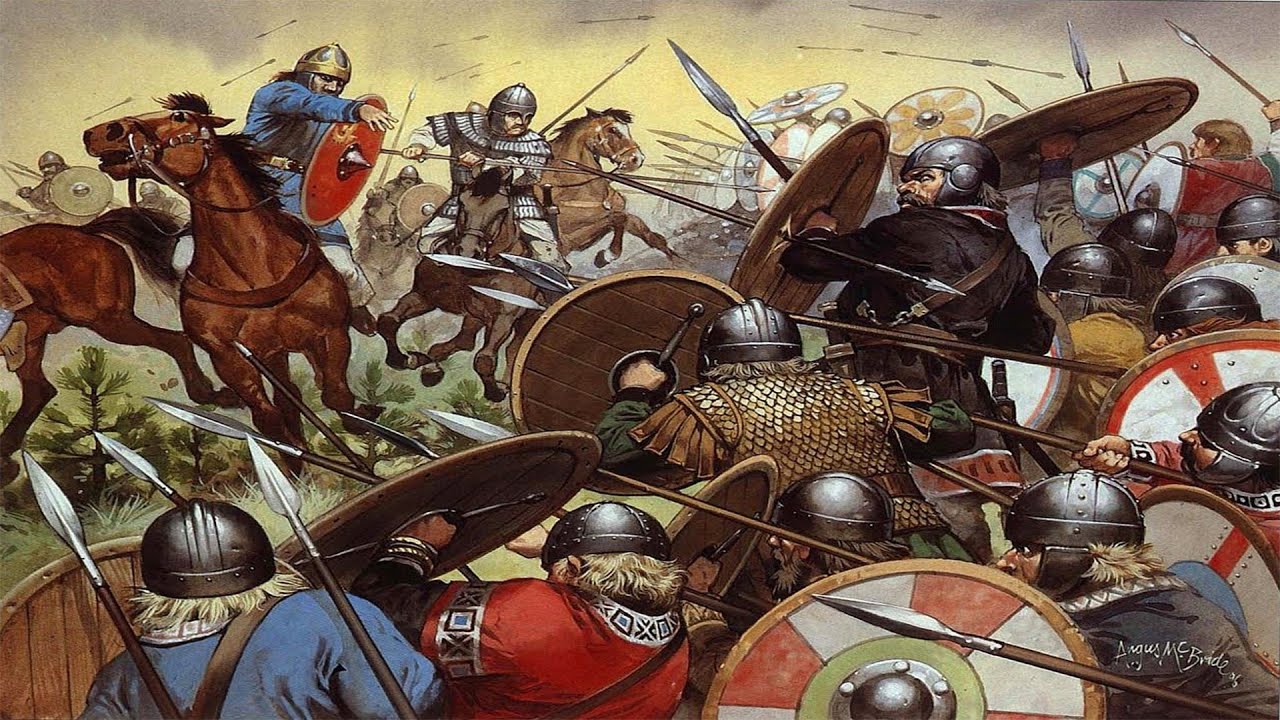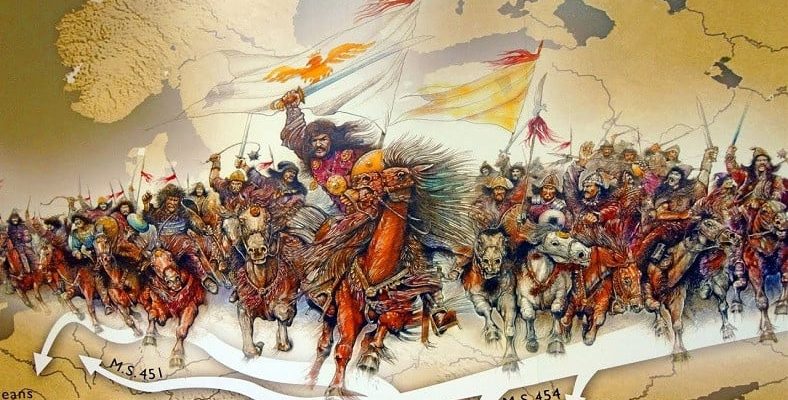The Migration of Tribes, one of the largest migration movements in human history, lasted for hundreds of years and reshaped the whole world, especially Europe. Let’s examine in full detail what the Migration of Tribes was, which was initiated by the Turks and later joined by many nations, why it happened, and what its consequences were.
People have been moving individually or collectively due to many different reasons since the beginning of their existence. One of the biggest examples in history of this event that we call migration today is the Migration of Tribes. There were so many great changes during the Migration of Tribes that The entire political and social structure of Europe It has been shaped in such a way that it will never be the same again.
We were not surprised, we started the Migration of Tribes. First the Hun Turks mobilized and Later, other communities that they included before them advanced. Since it was a movement that lasted for hundreds of years, this migration, which can be evaluated over two different periods, took place due to politically based reasons. Let’s take a closer look at what the Migration of Tribes is and see all the details you need to know about its causes and consequences.
First, let’s get to know it briefly: What is the Migration of Tribes and in what year did it take place?
Migration of Tribes, which started in the middle of the 4th century and lasted until the first days of the 9th century. It is a mass migration movement. The Migration of Tribes, which was examined over two periods because it lasted for many years, was a movement from east to west and changed both the political and social structure of Europe. Even though there are many different reasons, the main reason is political.
It all started with the collapse of the Northern Hun State:
The Northern Hun State, which was established in the north of the region after the collapse of the Eastern Hun State, Even if it saves the surrounding Turkish tribes from disintegration It was destroyed in 216 AD and the order was disrupted again. Thereupon, the Hun Turks; They settled in the North Caucasus, west of the Seyhun River and around the Dnieper River.
Of course, the Huns, who did not have a settled life, did not stay here for a long time and left the region between the Aral Sea and the Caspian Sea. They began to migrate between the Don and Volga rivers. Of course, the area was not empty. There were many communities here, such as Ostrogoths, Visigoths, and proto-Slavs. With the arrival of the Huns to the region in approximately 375, these communities began to move westward.
Barbarians are in Rome!

No, it’s not us, it was the Romans of old; They called Visigoths, Ostrogoths, Anglo-Saxons, Franks, Gepids, Lombards, Burgundians, Vandals and Slavs barbarians. These barbarian Germanic communities advancing westward after the Hun migration They advanced so much that they went as far as Spain and North Africa.
In the early years of migration, these communities occupied many regions in the west of the Roman Empire. The Visigoths’ invasion of Italy in 410 meant that the entire order was turned upside down. While the Franks entered the territory of Gaul, the Visigoths captured the regions of today’s Germany and France. The Anglo-Saxons entered Great Britain and erased all traces of Rome.
Mass migration continued for hundreds more years:

What we have explained so far happened in the first period of the Migration of Tribes. The second period began approximately in the 5th century. Avars and Lombards in northern Italy at that time He advanced into Europe. In the 7th century, the Bulgarians captured the Balkan lands that were in the hands of the Byzantine Empire at that time.
On the other hand, Byzantine-Arab wars were taking place. Taking advantage of the gap, the Arabs advanced to the Balkans. In 718, Constantinople was besieged by Muslims for the first time but the Byzantines fought together with the Bulgarians and won. On the other hand, the Arabs advanced to the Caucasus and began to pass to Europe via the Strait of Gibraltar.
Okay, but why did all this happen? Here are some of the reasons for the Migration of Tribes:
- Hun Turks wanting to escape from Chinese attacks
- Drought in the Central Asian steppes
- Conflicts between Turkish tribes
- The Huns came to the west of the Volga River
Here are the main reasons why the Migration of Tribes started. As we mentioned in the introduction In fact, everything started with the collapse of a powerful Turkish state in Central Asia. The disorganized Turkish tribes fought among themselves and had land and trade disputes with China. Finally, they had no choice but to emigrate.
After this first step taken by the Huns, it was already a disaster. Communities that had to migrate with the arrival of the Huns He advanced into Europe and captured regions. After they took over, there were other internal migrations and other occupations. Even other communities, taking advantage of the gap, started to come to Europe even though it was not necessary.
The results of the Migration of Tribes changed history:

- The First Age ended, the Middle Ages began.
- The Roman Empire was divided into east and west, and for the same reason the Western Roman Empire collapsed.
- Feudalism, that is, the feudal system, emerged.
- The spread of Christianity accelerated in Europe.
- When the Pope and the church gained power, scholastic thought emerged.
- The Western Hun State, a Turkish state in Europe, was established.
- The ethnic structure of Europe changed and today’s nations emerged.
These are some of the consequences of the Migration of Tribes, the effects of which continue even today. With the Migration of Tribes Visigoths settled in Spain, Vandals in North Africa, Ostrogoths in Italy and Franks in France. Vandals, Alans, Suebi and Visigoths of the Spaniards; Anglo-Saxons are the ancestors of the British.
The turmoil in Europe did not end:
Europe, which lived in the order established by the Roman Empire, was surprised by what happened when barbarian tribes came to the region. So much so that even the huge empire collapsed and the tribes they now called barbarians became local people. In addition to these, there was also the European Hun State in the region and the largest army power was in the hands of the Turks.
The European Hun State intervened in many conflicts between the Western and Eastern Roman Empires. The Huns, who were on the side of the West, took the region under their control when Attila came to power. For many years, the Huns dominated the Eastern Roman Empire and collected taxes.
Since there was no longer a single dominant power in Europe, the feudal system was established. Well A local leader system that protects its people within a strong castle. For the same reason, the church became stronger and scholastic thought emerged. So, if we look at it from a different perspective, the darkness of the Middle Ages in Europe actually started with the Migration of Tribes.
It lasted for hundreds of years and changed both the political and social structure of Europe. What is the Migration of Tribes? We answered the question and talked about the causes and consequences. We think the only events that did not involve Turks were in Antarctica.
